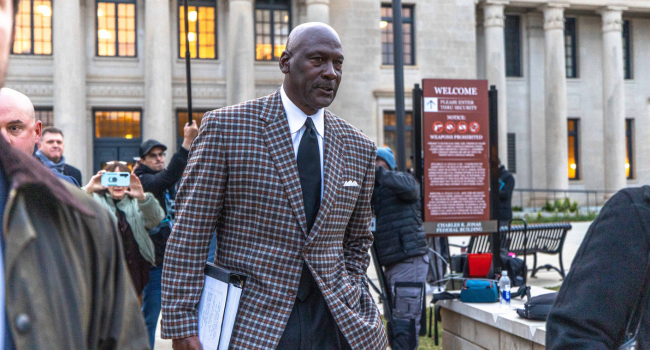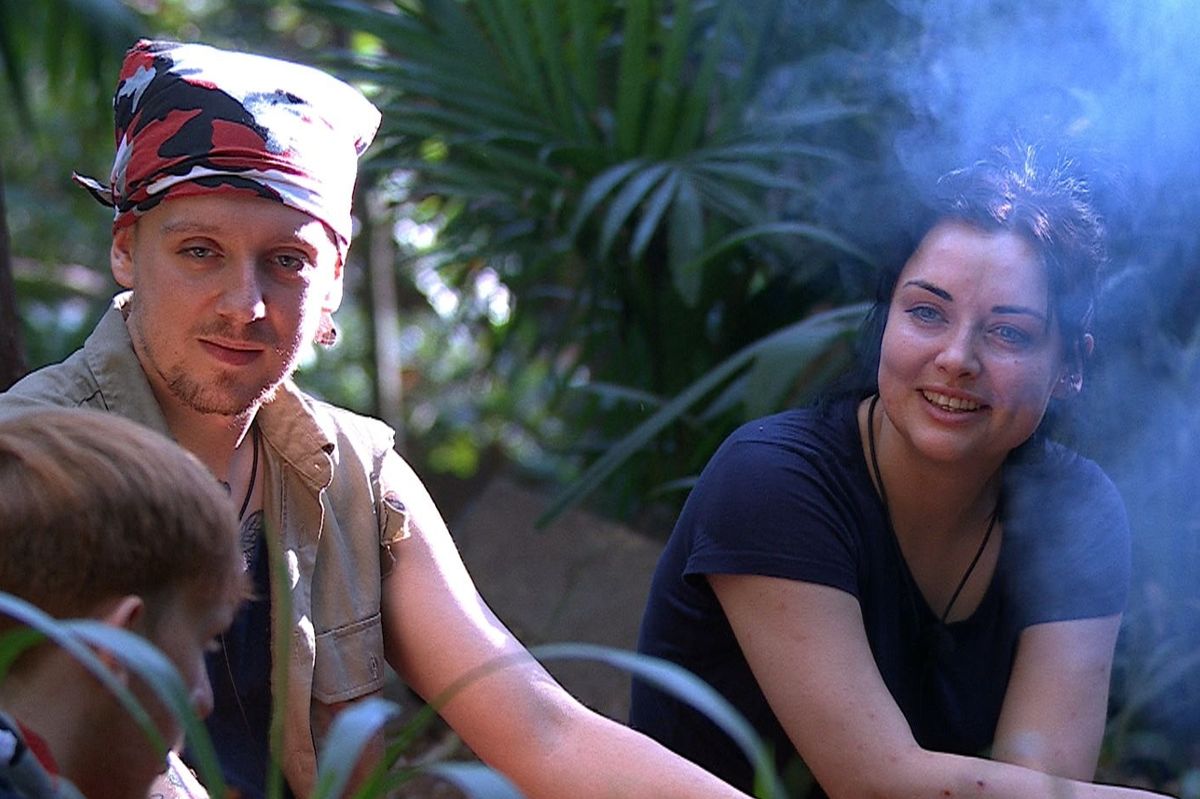The European Union is expected to indefinitely freeze hundreds of billions of Russian funds held in Europe in line with a plan to use the cash to support Ukraine.
The bloc’s members were expected to approve the plan on Friday to immobilise 210 billion euros ($246bn) worth of Russian sovereign assets for as long as necessary, through a qualified majority vote, instead of voting every six months on extending the asset freeze.
Recommended Stories
list of 3 itemsend of list
That would equate to the support of at least 15 of the bloc’s 27 member states, representing 65 percent of the EU population.
The move is an important step that would allow EU leaders to hash out the specifics of a plan at a summit to use billions in frozen Russian Central Bank assets to underwrite a massive loan that would assist Ukraine in meeting its financial and military needs.
The 210 billion euros in Russian assets are frozen in Europe as a result of EU sanctions on Moscow over its war on Ukraine, with the vast majority held in Euroclear, a Belgian financial clearing house.
The expected decision, which would stay in place until the immediate threat posed by the EU’s economic interests subsided, would replace the current arrangement where the freeze on the funds needs to be re-approved every six months unanimously.
That situation has raised concerns that Hungary and Slovakia, which have closer relations to Moscow than other states and oppose further support to Ukraine, could vote to block a rollover of the sanctions and force the EU to return the funds to Russia.
Orban slams move
Hungarian Prime Minister Viktor Orban, the Kremlin’s closest ally in Europe, railed against the expected decision on Friday, accusing the European Commission, which prepared the measure, “of systematically raping European law”.
He said the anticipated move means that “the rule of law in the European Union comes to an end, and Europe’s leaders are placing themselves above the rules.”
“It is doing this in order to continue the war in Ukraine, a war that clearly isn’t winnable,” he wrote.
Belgium, where Euroclear is based, is also opposed to the bloc’s “reparations loan” plan, saying it “entails consequential economic, financial and legal risks”.
Meanwhile, Russia’s Central Bank said on Friday that it had filed a lawsuit in Moscow against Euroclear for damages it claims were caused due to the stripping of Russian control of the frozen billions.
In a separate statement, the Central Bank said the wider EU plans to use Russian assets to aid Ukraine were “illegal, contrary to international law”, and in breach of “the principles of sovereign immunity of assets”.
Fighting continues
As the legal battle over frozen funds heats up in Europe, fighting continues to rage on the battlefield. Ukrainian forces said they had retaken parts of the front-line town of Kupiansk in the northeastern region of Kharkiv, and had encircled Russian troops there.
Ukrainian President Volodymyr Zelenskyy released a video visiting the area, where he praised the troops’ efforts and said their results were strengthening Kyiv’s hand diplomatically, as Washington pushes Kyiv to make major territorial concessions to end the nearly four-year war.
“Today, it is extremely important to achieve results on the front lines so that Ukraine can achieve results in diplomacy,” Zelenskyy said in the clip, which showed him wearing a bulletproof vest at the entrance to Kupiansk.
Ukraine’s Khartiia Corps of the National Guard said it had liberated several northern districts of Kupiansk, while Russian supply routes had been cut off and several hundred Russian troops were surrounded.
In other movements on the battlefield, Ukraine said it had retaken the settlements of Kindrashivka and Radkivka in the northern Kharkiv region.
Ukraine claims strikes in Caspian Sea
As the warring neighbours intensified their attacks far beyond the front line, Ukraine’s special forces have claimed to have hit two Russian ships transporting weapons and military equipment in the Caspian Sea, in an operation they said was carried out in coordination with a “local resistance movement”.
The statement on Friday, posted on Telegram, said two vessels – the Composer Rakhmaninoff and the Askar-Sarydzha – had been struck off the coast of the Russian republic of Kalmykia. Both vessels had been sanctioned by the US for transferring military loads between Iran and Russia, it said.
The statement said the operation had been carried out with the assistance of a resistance movement it named as “Black Spark”, which it said had provided detailed information on the ships’ movements and cargoes.
It did not provide details on the location and nature of the strike, or the extent of any damage.









